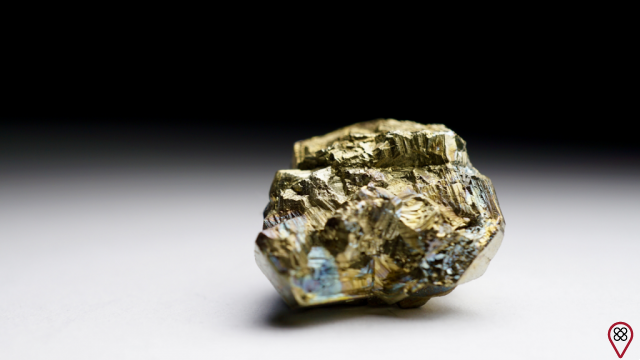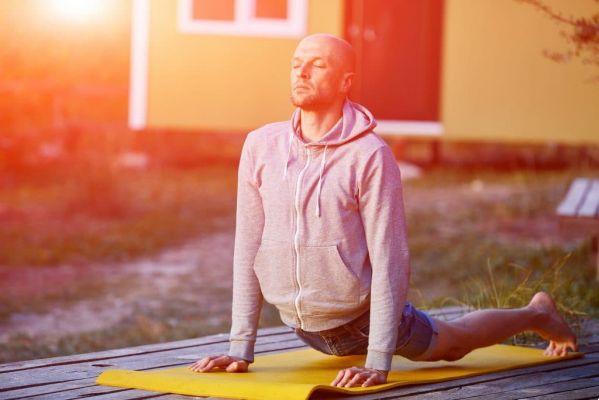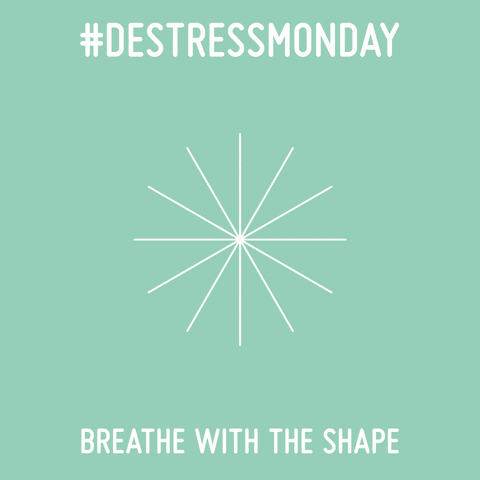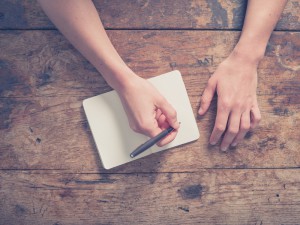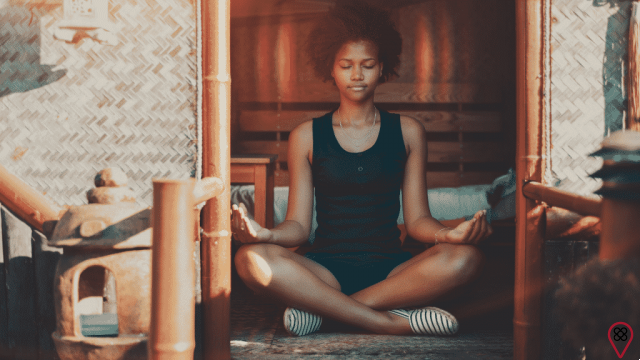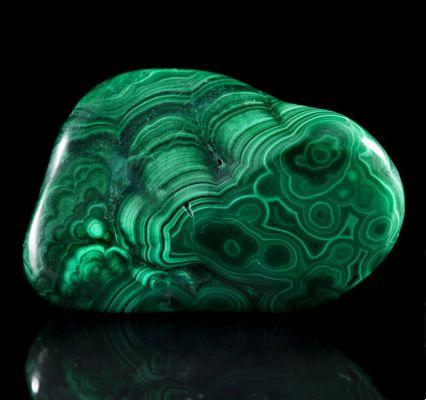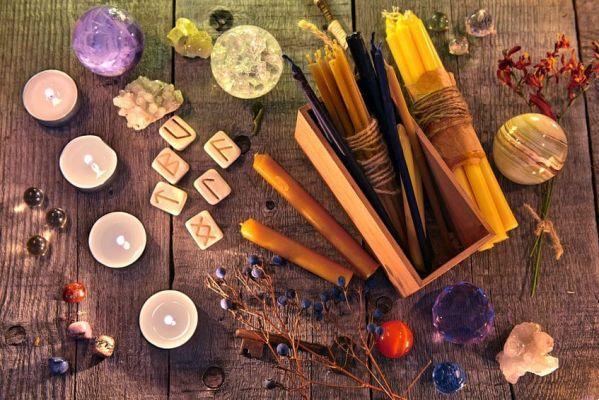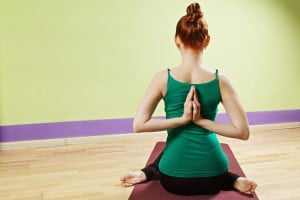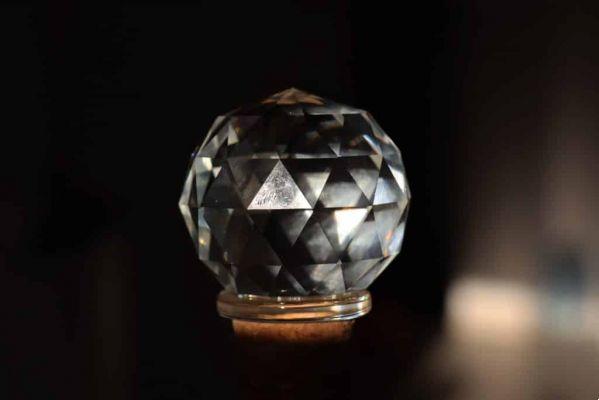We are all a small portion of the Universe. This means that we are in constant energetic exchanges with others and with the whole. But it also means that, just as the Universe is, for us, the macrocosm, we are also a great universe for everything that is contained within us (our cells, for example).
This is a concept present in eastern practices such as Yoga and Buddhism, which claim that what exists in the micro also exists in the macro. Which leads to the idea that the flow of energy occurs harmoniously both from the outside in and from the inside out.
It is from this balance that full health results. And to allow us - the microcosm - to harmonize with the Universe, which is the whole, the macrocosm, there are several techniques, many of them performed during various oriental practices and therapies. One of these techniques is mudras. If you've never heard of them, follow the article, which brings all the details about these gestures that are true treasures for our vital energy.
What are mudras?
Yoga, a physical and mental meditative practice originating in the East, and Ayurveda, a traditional medium science from India, propose that the hands can be molded into certain positions, the Mudras, which are able to create channels of interaction between body, mind. and universe, and generate the healing of the being.
The two eastern currents study the human body through the 5 elements of the Earth: water, fire, earth, air and space. They would be manifested in different ways in our body, and the awareness and management of physiological functions, according to the Universe and its components, can generate practical effects in man, such as the cure of diseases.
Just like Yoga, the practice of Mudras takes a certain period of learning and evolves over time. When the practitioner discovers the functioning of the parts of his body and the possible benefit of this exercise, he starts to have fuller and more controlled health.
How do mudras work?
When it comes to the positioning of the hands, some points of division of the main elements by the fingers are considered. The index finger represents air, the middle finger represents space, the ring finger represents earth, the little finger represents water and the thumb represents fire.

The positions can be performed during Yoga and meditation practice or simply in everyday life, in order to benefit the biological functions of the human body. Check out the main positions and their effects:
Linga Mudra
Known as the “Heat Mudra”, this position is done with the fingers interlaced and the thumb of the left hand extended. The right thumb will wrap the left thumb, which points up, causing it to touch the right index finger.
This Mudra provides warmth to the body, being beneficial in cold and congestion situations. It strengthens the lungs and balances physiological functions, mainly through respiratory improvement.
Prithvi Mudra
Called the “Earth Mudra”, this position gives strength to the body and mind, promotes spiritual as well as physical cleansing, visible in the improvement of the skin and other body functions.
To do this Mudra, the ring finger must touch the thumb with the tip and the other fingers are straight out.
Gyan Mudra

This Mudra is the “Mudra of Knowledge”. The index finger touches the end of the thumb and the other fingers are straight.
The Knowledge Mudra improves memory, assists in the practice of meditation, mood and promotes calm and awareness. In a more biological sense, it acts on the endocrine and pituitary glands.
Surya Mudra
The "Mudra of the Sun" stimulates the thyroid, helping in the proper functioning of metabolism, weight control and appetite. It also helps with stress and anxiety, as well as the digestive system.
To do Surya Mudra, you need to place your ring finger under your thumb and keep your other fingers in line.
Varuna Mudra
Also called the “Water Mudra”, this position consists of the little finger touching the thumb and the other fingers erect.
The Water Mudra is responsible for filtering the body, improving problems such as fluid retention. It can help with intestinal problems, such as constipation and menstrual cramps, as well as helping a more regulated cycle in women. Varana Mudra also contributes to emotional and psychological control in people.
Apana Vayu Mudra
This Mudra works on the heart, protecting and strengthening it. In addition, it can act to reduce heartburn, gastrointestinal problems and gas.
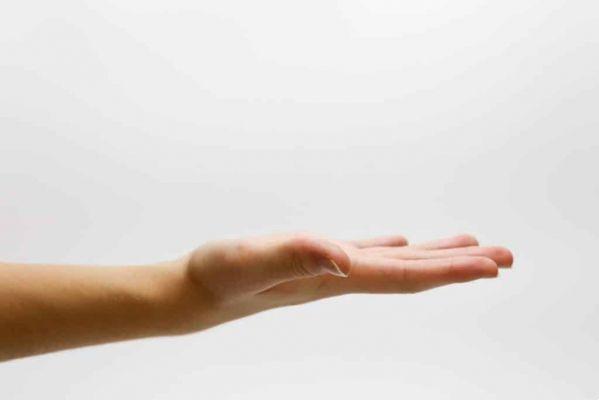
To practice this Mudra, the index finger must be bent until it reaches the thumb, with the curve of the ring and middle fingers also touching the tip of the thumb.
Prana Mudra
With the ring finger and pinky bent, they should reach up to the thumb. The index finger and also the middle finger are straight towards the ceiling.
This hand position strengthens the body and mind, hence it is known as the “Mudra of Life”. It has the power to motivate and protect the spirit, assist in the execution of activities and help with difficult decisions. It also acts in the disposition of the body, improves vision and breathing.
Vayu Mudra
Air Mudra is done when the thumb is under the index finger and the other fingers are straight.
This Mudra calms stress and anxieties, it also helps in decision making and makes us more patient and calm.
You may also like
- Watch out for the 5 Yoga postures that can fight stress
- Discover the sacred gestures of the Mudras that benefit health
- Delight in the goals of Buti Yoga by Mudra Yoga
Apana Mudra
This placement contributes directly to the digestive system. It controls the excretory system, detoxifies and helps in the regular functioning of the intestine. It can be a great help in cases of constipation and hemorrhoids.
To perform this Mudra, place your middle and ring finger under your thumb. The little finger and index finger point up.
Shuya Mudra
In the “Emptiness Mudra”, the thumb touches the middle finger and presses it down. The other fingers point up. This Mudra assists in physical performance by decreasing fatigue. It helps in concentration, understanding and also self-confidence. In addition, it can be effective against earaches.
Mudras e os chakras
Since mudras are linked to the energies that circulate through our body, and their main objective is to unite the cosmic, spiritual and atomic energies, their relationship with the chakras - which are the energy centers that govern certain organs of ours - is very evident and beneficial to our body.
Therefore, mudras are essential tools for energizing and balancing the chakras. This allows us to release unlimited powers and attract what we desire. There is a specific mudra for each chakra:
basic chakra
Touch your thumb with your index finger. Focus the base chakra, which is located at the base of the spine, at the perineum. The mantra is LAM (long pronunciation: “laaaaam”).
Chakra sacral
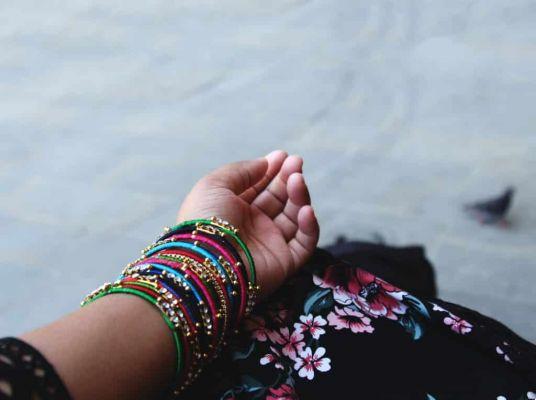
With your hands resting on your lap and palms facing up, one on top of the other (preferably, the left one underneath), touch the tips of both thumbs. Focus on the chakra, which is located at the level of the sacrum, and recite the mantra VAM (at length: “vaaaaam”).
solar plexus chakra
Place your hands between your heart and stomach. Bring your fingertips together, placing one thumb over the other. Mantra: RAM (long pronunciation: “raaaaam”).
heart chakra
Place your thumb on your index finger. Do this with both hands, with the right hand resting on your chest and the left hand resting on your left knee. The mantra is YAM (long sound: “yaaaaam”).
throat chakra
Place your hands at the level of your stomach, interlace your fingers (except your thumbs, which should be touching. The mantra is HAM (recite at length: “haaaaam”).
Frontal chakra
Place your hands in front of your chest, stretch your middle fingers – which should be touching at the top – and flex your other fingers. The mantra is OM (long: “oooooom”).
crown chakra
Put your hands together at the level of your stomach and interlace your fingers, except for your pinkies, which should be up, touching at the top. The mantra is AUM (pronounce it long: “aaaaauum”).
Mudras and Breathing
In addition to acting on the respiratory system, facilitating the full use of the lungs, mudras can also be potentiated through breathing (not only acting on it, but also using it as a means of balancing energies and improving its effects).
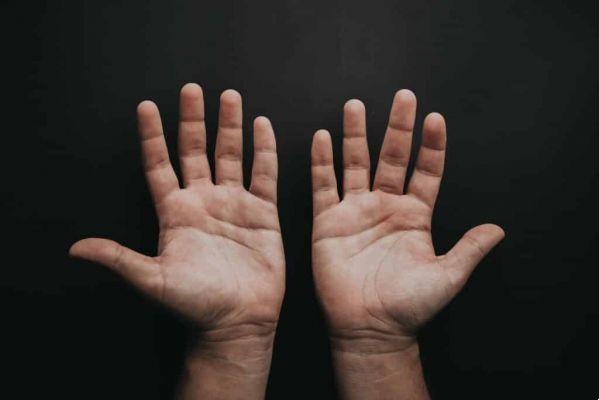
In the practice of Yoga, for example, mudras are often used in conjunction with a breathing technique called pranayama (“prana” = “life energy”, “breath of life”; “yama” = “path”), which consists of breath manipulation exercises.
There are several types of pranayama, and the benefits, combined with mudras, are numerous: stress reduction, improvement in digestion, skin and lymphatic system, tissue purification, lung cleansing, reduction of depression and anxiety, among others.
As you can see, your hands are the way to your healing. Each mudra performed has the power to bring balance to your body, alignment and harmonization of the chakras and, consequently, more global health - both physical, spiritual and mental -, so that you have a fuller and more pleasurable life. Taking care of yourself depends only on you!
How to use mudras in everyday life
Once you understand what mudras are and how they can be beneficial for your body, it's understandable that you might want to practice them often. But can you do it without preparation? Inform yourself in depth on the subject!
First of all, for mudras to really work, you should practice them two to three times a day, for about 15 minutes. So if you want to stimulate changes in a specific part of your body, just identify the mudra associated with it and perform it as often as indicated.
However, you cannot just reproduce mudras and expect them to work. In fact, you need to approach this process as a meditation. This means that when performing them, you must empty your mind to devote full attention to the posture of your hands.
In addition, it is important that you have a lot of body and mental awareness when incorporating mudras into your routine. To develop this skill, you will need time and a lot of concentration. So avoid performing this practice in noisy environments or with many distractions.
In this sense, the ideal way to use mudras on a daily basis is to identify the one that best applies to your objective, stay faithful to the frequency with which it should be performed and practice in a quiet, clean place where you feel quite comfortable. In this way, you will feel very positive changes in your well-being! Next, check out the main mudras that you can incorporate into your daily life:
- Vayu Mudra: controlling thoughts and mental activity, this pose is recommended to treat rheumatic diseases and those related to the nervous system.
- Surya Mudra: headache, anxiety, depression and tiredness can all be relieved with this mudra, which releases a lot of energy in the body.
- Prana Mudra: to absorb nutrients from your body and activate the brain, such a posture will be of great help, also strengthening the immune system.
- Guiana Mudra: ideal for fighting anxiety, this mudra manages to control your thoughts and feelings, acting specifically on the emotional system.
- Yoni Mudra: it favors the connection with your essence, because it focuses your attention inside, as if the other organs of your body were asleep for a period.
From each information we present, it is possible to understand that mudras are hand postures performed in the practice of Yoga. With them, it is possible to focus the body's energies on a specific organ, in order to balance it. Thus, anyone who trains these gestures will be able to feel positive changes in their own health. Try incorporating mudras into your routine to renew your connection with yourself!





